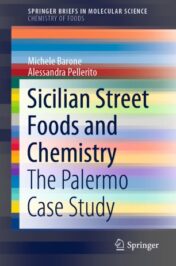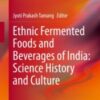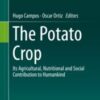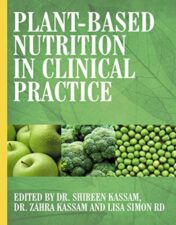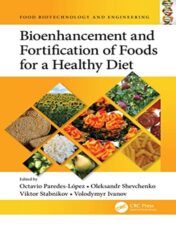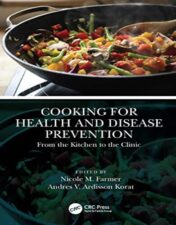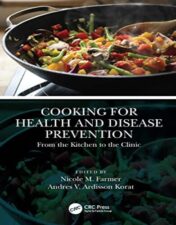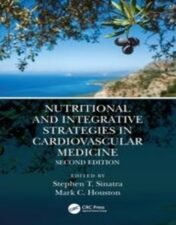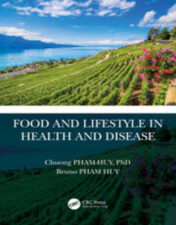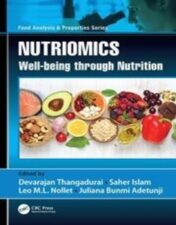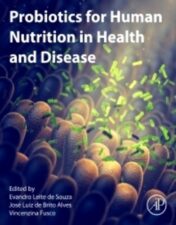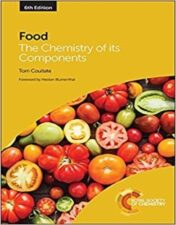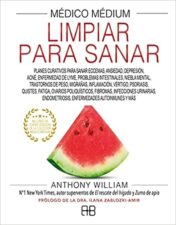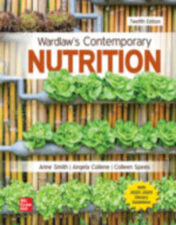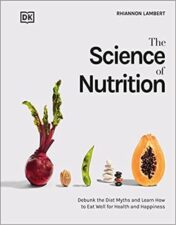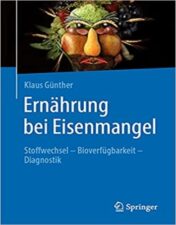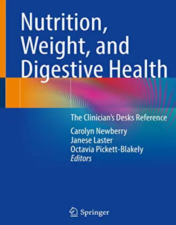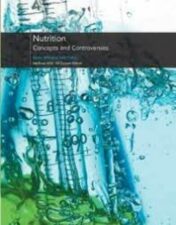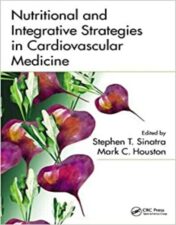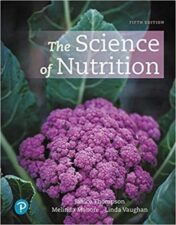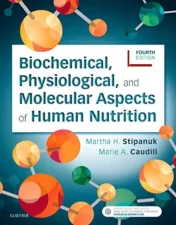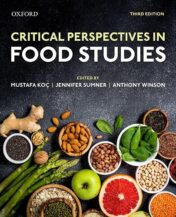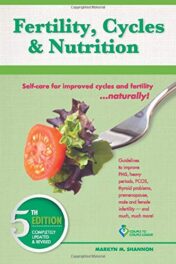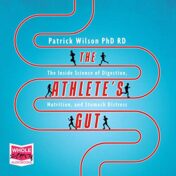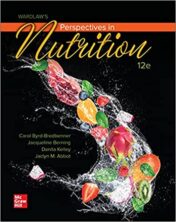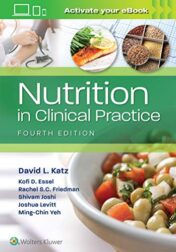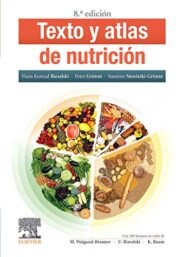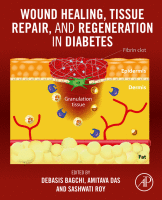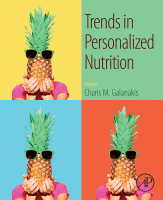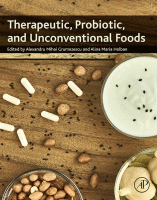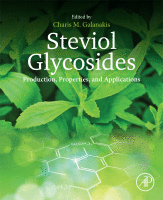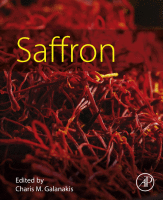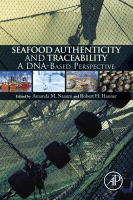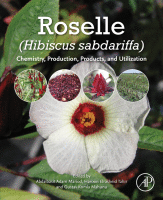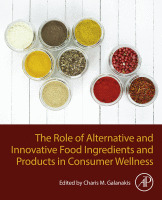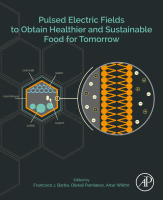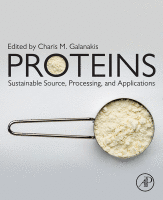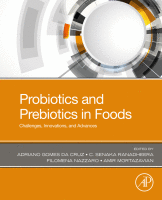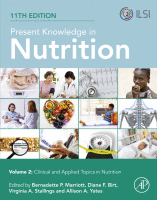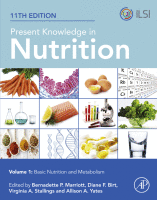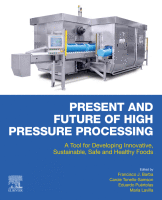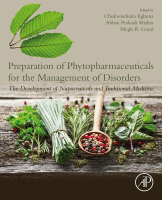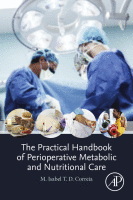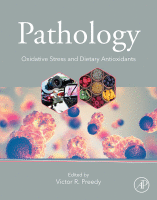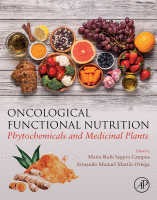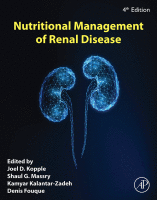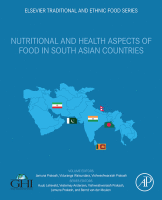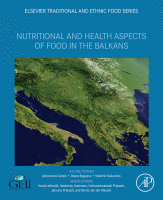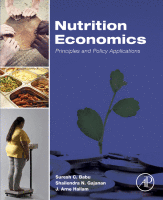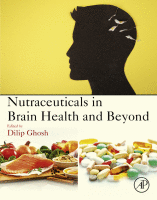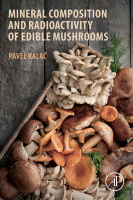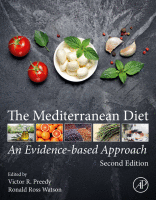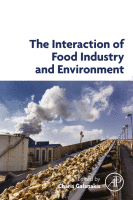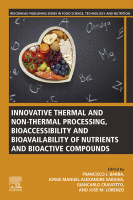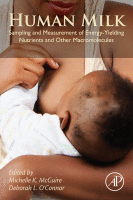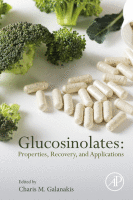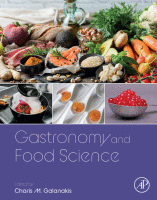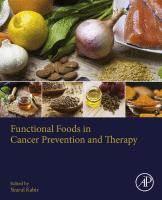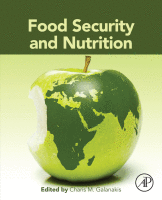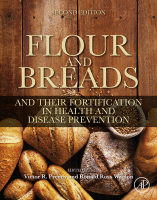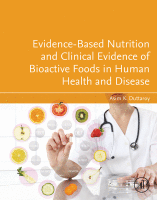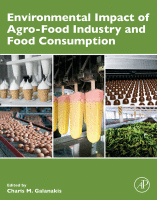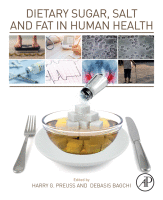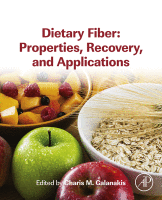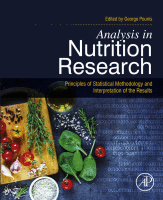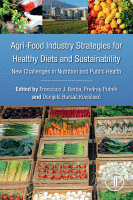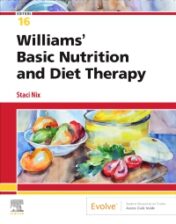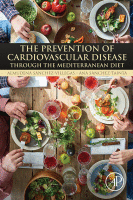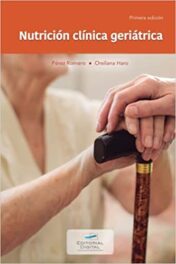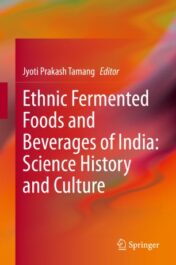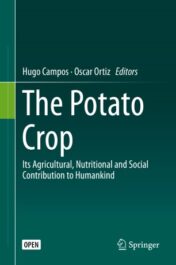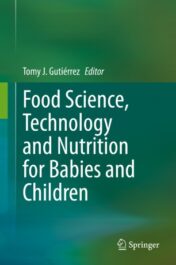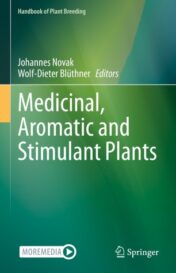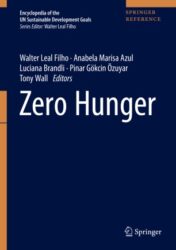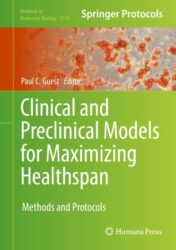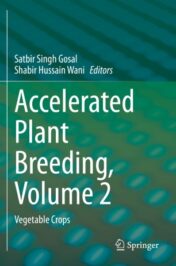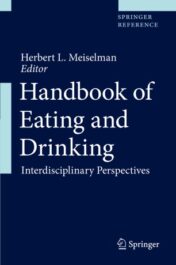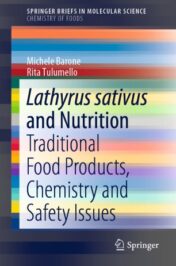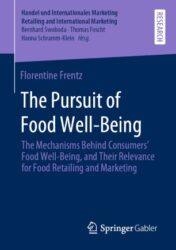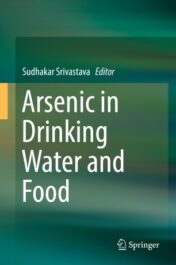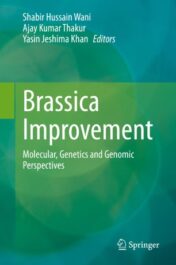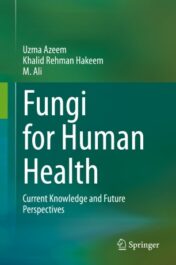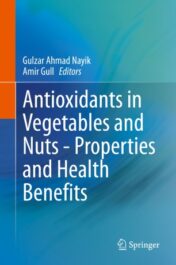Please log in to purchase this product.
Sicilian Street Foods and Chemistry The Palermo Case Study 2020 Original pdf
Please log in to view the price.
Sicilian Street Foods and Chemistry The Palermo Case Study 2020 Original pdf
This book reviews the authenticity of certain Street Food specialties from the viewpoint of food chemists. At present, the food market clearly shows the predominance of fast-food operators in many Western countries. However, the concomitant presence of the traditional lifestyle model known as the Mediterranean Diet in Europe has also been increasingly adopted in many countries, in some cases with unforeseen effects such as offering Mediterranean-like foods for out-of-home consumption. This commercial strategy also includes the so-called Street Food, which is marketed as a variation on Mediterranean foods. One of the best known versions of Street Food products can be found in Sicily, Italy, and particularly in its largest city, Palermo. Because of certain authenticity issues, the Italian National Council of Research Chemists has issued four procedural guidelines for various Palermo specialties with the aim of attaining the traditional specialty guaranteed status in accordance with European Regulation (EU) No 1151/2012. The first chapter of the book provides a brief introduction to the general concept of Street Foods. The remaining four chapters describe four food specialties – Arancina, Sfincionello, Pane ca meusa, and Pane e panelle – typically produced in Palermo, with particular reference to their chemical composition, identification of raw materials from a chemical viewpoint, permissible cooking and preparation procedures (with chemical explanations), preservation, and storage. The book offers a unique guide to Street Food authenticity, and can also serve as a reference work for other traditional/historical products.
Related Products
Nutrition Dietetics Books
Plant based Nutrition in Clinical Practice 2022 Epub+converted pdf
Nutrition Dietetics Books
Nutrition Dietetics Books
Wardlaw’s Contemporary Nutrition, 12th edition 2021 Original PDF
Nutrition Dietetics Books
Mediterranean Diet Cookbook For Dummies, 3rd Edition 2022 Original PDF
Nutrition Dietetics Books
Krause and Mahan’s Food and the Nutrition Care Process, 16th edition 2022 Original PDF
Nutrition Dietetics Books
Nutrition Dietetics Books
Nutrition and Sensation, 2nd Edition 2022 epub+converted pdf
Nutrition Dietetics Books
Alimentation de l’enfant et de l’adolescent (French) 2022 Original PDF
Nutrition Dietetics Books
Nutrition Dietetics Books
Nutrition Dietetics Books
Cooking for Health and Disease Prevention: From the Kitchen to the Clinic 2022 Original PDF
Nutrition Dietetics Books
Cooking for Health and Disease Prevention: From the Kitchen to the Clinic 2022 Epub+ converted pdf
Nutrition Dietetics Books
Tackling Obesity and Overweight Matters in Health and Social Care 2022 Original PDF
Nutrition Dietetics Books
Nutritional and Integrative Strategies in Cardiovascular Medicine 2022 Original pdf
Nutrition Dietetics Books
Nutrition Dietetics Books
Transforming Food Environments 1st edition 2022 Original pdf
Nutrition Dietetics Books
Nutrition Dietetics Books
Probiotics for Human Nutrition in Health and Disease 1st Edition 2022 Original pdf
Nutrition Dietetics Books
Food: The Chemistry of its Components (6th Edition) 2015 Epub + Converted Pdf
Nutrition Dietetics Books
Wardlaw’s Contemporary Nutrition, 12th Edition 2022 Epub+Converted pdf
Nutrition Dietetics Books
Nutrition Dietetics Books
Nutrition Dietetics Books
Nutrition, Weight, and Digestive Health: The Clinician’s Desk Reference 2022 Original PDF
Nutrition Dietetics Books
Nutrition Dietetics Books
Nutritional and Integrative Strategies in Cardiovascular Medicine 2021 Original PDF
Nutrition Dietetics Books
Nutrition Dietetics Books
Biochemical, Physiological, and Molecular Aspects of Human Nutrition, 4e 2019 EPUB & converted pdf
Nutrition Dietetics Books
Nutrition Dietetics Books
Food for Thought: The Integrated Practitioner 2013 Original PDF
Nutrition Dietetics Books
Critical Perspectives in Food Studies, 3rd Edition 2021 EPUB + Converted PDF
Nutrition Dietetics Books
Nutrition Dietetics Books
The Athlete’s Gut: The Inside Science of Digestion, Nutrition, and Stomach Distress 2020 Mp3 files
Nutrition Dietetics Books
Wardlaw’s Perspectives in Nutrition 12th Edition 2022 Original pdf
Nutrition Dietetics Books
Nutrition and Functional Foods in Boosting Digestion, Metabolism and Immune Health 2021 Original PDF
Nutrition Dietetics Books
Routledge Handbook of Critical Obesity Studies 2021 Original PDF
Nutrition Dietetics Books
Nutrition in Clinical Practice Fourth Ed 2021 epub3+converted pdf
Nutrition Dietetics Books
Nutrition Dietetics Books
Nutrition Dietetics Books
Wound Healing, Tissue Repair, and Regeneration in Diabetes 2020 Original pdf
Nutrition Dietetics Books
Nutrition Dietetics Books
Therapeutic, Probiotic, and Unconventional Foods 2018 Original pdf
Nutrition Dietetics Books
Steviol Glycosides Production, Properties, and Applications 2020 Original pdf
Nutrition Dietetics Books
Nutrition Dietetics Books
Nutrition Dietetics Books
Roselle (Hibiscus sabdariffa) Chemistry, Production, Products, and Utilization 2021 Original pdf
Nutrition Dietetics Books
Nutrition Dietetics Books
Pulsed Electric Fields to Obtain Healthier and Sustainable Food for Tomorrow 2020 Original pdf
Nutrition Dietetics Books
Proteins: Sustainable Source, Processing and Applications 2019 Original pdf
Nutrition Dietetics Books
Probiotics and Prebiotics in Foods Challenges, Innovations, and Advances 2021 Original pdf
Nutrition Dietetics Books
Present Knowledge in Nutrition Volume 2: Clinical and Applied Topics in Nutrition 2020 Original pdf
Nutrition Dietetics Books
Present Knowledge in Nutrition Volume 1: Basic Nutrition and Metabolism 2020 Original pdf
Nutrition Dietetics Books
Nutrition Dietetics Books
Nutrition Dietetics Books
The Practical Handbook of Perioperative Metabolic and Nutritional Care 2019 Original pdf
Nutrition Dietetics Books
Pathology Oxidative Stress and Dietary Antioxidants 2020 Original pdf
Nutrition Dietetics Books
Oncological Functional Nutrition Phytochemicals and Medicinal Plants 2021 Original pdf
Nutrition Dietetics Books
Nutrition Dietetics Books
Nutrition Dietetics Books
Nutrition Dietetics Books
Nutrition Economics Principles and Policy Applications 2017 Original pdf
Nutrition Dietetics Books
Nutrition Dietetics Books
Mineral Composition and Radioactivity of Edible Mushrooms 2019 Original pdf
Nutrition Dietetics Books
The Mediterranean Diet An Evidence-based Approach 2020 Original pdf
Nutrition Dietetics Books
The Interaction of Food Industry and Environment 2020 Original pdf
Nutrition Dietetics Books
Nutrition Dietetics Books
Glucosinolates: Properties, Recovery, and Applications 2019 Original pdf
Nutrition Dietetics Books
Nutrition Dietetics Books
Functional Foods in Cancer Prevention and Therapy 2020 Original pdf
Nutrition Dietetics Books
Nutrition Dietetics Books
Flour and Breads and their Fortification in Health and Disease Prevention 2019 Original pdf
Nutrition Dietetics Books
Nutrition Dietetics Books
Environmental Impact of Agro-Food Industry and Food Consumption 2021 Original pdf
Nutrition Dietetics Books
Dietary Sugar, Salt and Fat in Human Health 2020 Original pdf
Nutrition Dietetics Books
Dietary Fiber: Properties, Recovery, and Applications 2019 Original pdf
Nutrition Dietetics Books
Nutrition Dietetics Books
Nutrition Dietetics Books
Nutrition Dietetics Books
Williams’ Basic Nutrition & Diet Therapy, 16th Edition 2021 Original pdf
Nutrition Dietetics Books
The Prevention of Cardiovascular Disease Through the Mediterranean Diet 2018 original pdf
Nutrition Dietetics Books
Nutrición clínica geriátrica (Spanish Edition) 2020 Epub and converted pdf
Nutrition Dietetics Books
Lifestyle Medicine: Essential MCQs for Certification in Lifestyle Medicine 1st Ed 2021 Original pdf
Nutrition Dietetics Books
Ethnic Fermented Foods and Beverages of India: Science History and Culture 2020 Original pdf
Nutrition Dietetics Books
The Potato Crop Its Agricultural, Nutritional and Social Contribution to Humankind 2020 Original pdf
Nutrition Dietetics Books
Food Science, Technology and Nutrition for Babies and Children 2020 Original pdf
Nutrition Dietetics Books
Medicinal, Aromatic and Stimulant Plants 2020 Original pdf+videos
Nutrition Dietetics Books
Nutrition Dietetics Books
Clinical and Preclinical Models for Maximizing Healthspan Methods and Protocols 2020 Original pdf
Nutrition Dietetics Books
Accelerated Plant Breeding, Volume 2 Vegetable Crops 2020 Original pdf
Nutrition Dietetics Books
Handbook of Eating and Drinking Interdisciplinary Perspectives 2020 Original pdf
Nutrition Dietetics Books
Nutrition Dietetics Books
Spectroscopic Techniques & Artificial Intelligence for Food and Beverage Analysis 2020 Original pdf
Nutrition Dietetics Books
Nutrition Dietetics Books
Obesity and Diabetes Scientific Advances and Best Practice 2020 Original pdf
Nutrition Dietetics Books
Nutrition Dietetics Books
Brassica Improvement Molecular, Genetics and Genomic Perspectives 2020 Original pdf
Nutrition Dietetics Books
Fungi for Human Health Current Knowledge and Future Perspectives 2020 Original pdf
Nutrition Dietetics Books
Antioxidants in Vegetables and Nuts – Properties and Health Benefits 2020 Original pdf

